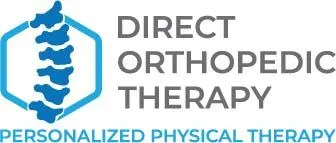This is an injury in which the muscles below your knee are most affected. It is usually caused by minor wear of muscle fibers. Usually, the bulk of the tissue is not affected. Sometimes, however, in severe cases, the muscle can be torn completely, and the muscle’s function is lost. However, this is rare.
Calf Strain Symptoms
A calf strain can be easily identified by feeling a sharp pain in the back of your leg when you try to stretch it or walk. Tenderness and swelling can also be seen in the affected area.
This is a very painful condition that can make walking difficult. Depending on the severity of the damage, there are three types of compromised strains.
Types of Injuries
Grade I calf strain
There is very little to no pain and almost no disability in moving the leg.
Grade II calf strain
There is moderate discomfort and pain. Walking can still be done with this condition, although running and jumping are restricted.
Grade III calf strain
There is significant discomfort, including sharp pain, that makes it nearly impossible to walk. Muscle spasms, swelling, and significant bleeding can also occur.
Anatomy of Calf Strains
The calf muscles run from the ankle to the knee, and the Achilles tendon links the calf muscles to the heel bone.
Two major muscles make up the calf muscle:
- Two-headed gastrocnemius muscles
- The soleus muscle
Calf strain refers to a tear in one of these muscles. Most often, the injury is in the gastrocnemius (the inner side of our leg muscle). While fibers can be torn when muscles are stretched in any situation, it is possible for some fibers to tear and not the entire muscle to rupture.
Calf strain treatment
Rest
Take enough rest after an injury to speed up the healing process. Coordinate your activities around your pain. Avoid any activity that elevates your symptoms.
Stretching the calf muscles
It is okay to stretch the calf muscles gently, but not so much that they become painful. Excessive stretching can cause more damage and slow down the healing process.
Ice the injury
Ice packs should be applied within 48 hours of injury. They can also be used after sports to reduce swelling.
Physical therapy
Your physical therapist can assist you in your treatment and speed up your recovery. If your injury is grade 3, your physical therapist will use ultrasound and proper hand massage.


